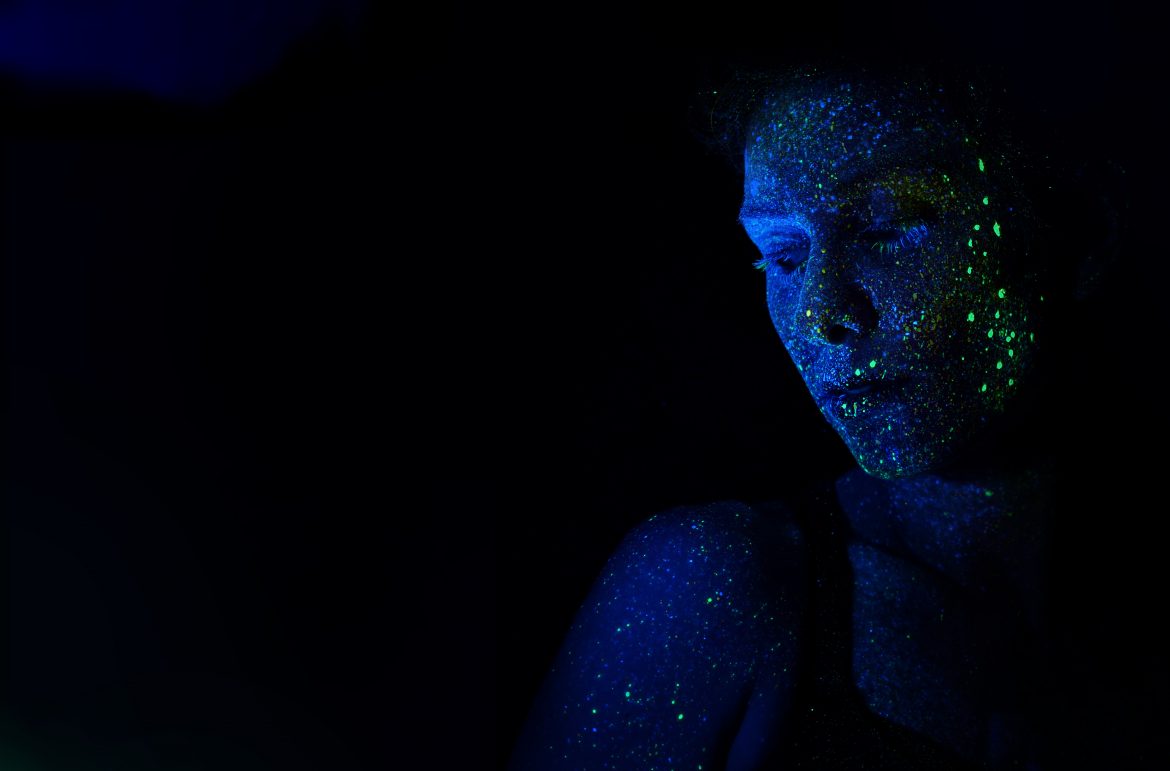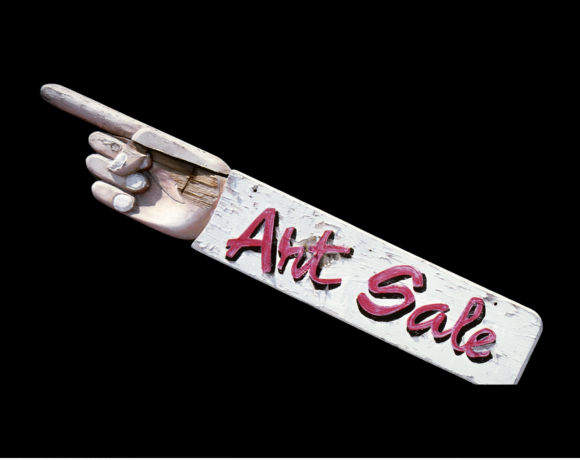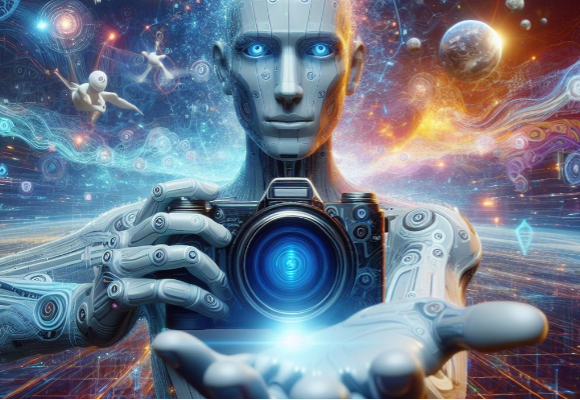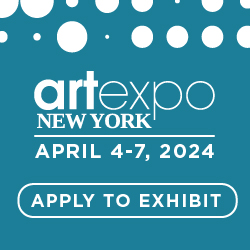Chatbot technology still has a long way to go. But, the advancements we’ve seen in the art scene lead us to conclude that there’s always more to come in innovations where bots are concerned. Let’s explore how chatbot tech is influencing the art market.
Chatbot technology is quite standard, and if you’re a frequenter of the Book of Ra slot game, you’ve probably interacted with it. Despite its popularity, many experts in the field still consider it to be in its infancy stage. However, since appearing in the 1960s, chatbot technology is making leaps and bounds on interaction and engagement with humans. Before we get into the intricacies of the subject matter, let’s start from the beginning.
What Is Chatbot Technology Anyway, and Most Importantly, Why Is It Such a Big Deal?
Chatbot technology is a computer program based on AI. It’s used to process and interpret user questions by simulating natural human conversation. Ideally, when you interact with a chatbot service, you expect to have an experience similar to that of a normal conversation with another human being.
The only difference is that you ask the questions, and the technology has programmed answers to your problem. Chatbot technology was first created in 1964, thanks to the MIT AI Lab and Joseph Weizenbaum, a computer scientist. ELIZA, the first chatbot, simulated a psychotherapist by integrating pattern matching and programmed responses.
Today, there are many different applications of chatbots across various industries. Businesses can no longer ignore how cost-effective chatbot technology is. Drawing closer home, during the COVID-19 pandemic, large organizations, such as WHO and the CDC, rely on it to disseminate related info to millions of users.
Adopting chatbot technology is essential to any business that’s keen to reduce its customer service burden while still ensuring that it can address concerns expressed by its clients. In a way, it helps sieve and prioritizes tasks for a business or whoever interacts with it. The most famous chatbot, Alexa (Amazon), is designed for home use.
Chatbots in the Art Market
As many more industries embrace chatbot technology, the art market isn’t lagging. Recently, art museums and online art galleries implemented it as well. For example, Emma is a front-end technology that helps buyers find art that matches their unique preferences on ArtFinder. If you want to experience the benefits of using Emma, log in to Twitter, and see how this chatbot technology can help you find masterpieces that speak to your soul.
On the commercial front, commercial chatbots such as Morph, Botengine, Bold360, and Botisfy continue to reveal how customer support is changing with the use of AI. The art scene’s revolution is epic, as technology is evolving to learn how to create art pieces.
Everywhere you care to look, including online casinos, there’s chatbot technology. Take, for instance, the Museum of Modern Art in San Francisco. The center uses an SMS chatbot known as “Send Me SFMOMA.” It helps boost interaction, engage users, and make the museum’s vast art collection more accessible to audiences by countering user questions.
Using “Send Me SFMOMA,” audiences of museums can view previously unseen artwork focused on their interests rather than only what is on display in the museum. To access the collection, all you have to do is type in a “send me” SMS request in addition to a matching keyword or color to a provided number.
Emoji addicts can get in on the loop by simply typing in a word and their favorite emoji. The museum’s chatbot technology will scan your request alongside the collection and respond with an appropriate image.
In Belarus, the National Art Museum uses chatbot technology for similar functions, albeit in different capacities. The institution takes advantage of chatbots to offer visitors an online guide and improve correspondence.
One of the most remarkable examples of how chatbot technology has impacted the art market is through MuseumBot. The AI makes works of art more approachable by integrating data, machine learning, and records to attract art aficionados to the growing field.
More Than Customer Service
Our discussion above shows that museums and art centers are using chatbot technology to encourage interaction between audiences and institutions. Consequently, chatbot technology trends are evolving from considerations reserved for customer service to complex innovations.
Chatbot technology is not only useful for disseminating information. Perhaps, through art, it will show us the symbiotic relationship between tech and the past.
Additionally, with Natural Language Processing (NLP), incredible innovations and technology are bound to come through to help humans understand the world through art infused with chatbot technology.
Take, for example, consider how the Pinacoteca de Sao Paulo Museum uses chatbot technology. With headphones and a smartphone, you can “talk” to the art pieces displayed at the institution.
As you approach art exhibitions, use your assistant — in this case, their chatbot technology — to answer queries about different sculptures and paintings close to you. The museum’s chatbot technology is designed to answer complex questions such as the different styles the artist used or even expound on the elements on which the artwork was set.
This is an example of how we can use chatbot technology to aid growth in the industry and general learning. Using such kinds of learning experiences, people of all ages and intellectual capabilities can have the ultimate experience in cultural institutions, museums, and art centers.
Additionally, chatbot technology plays a vital role in appealing to many who have never made an effort to visit such places for the simple reason that they aren’t interactive or utterly “boring.”
Chatbot technology has shown how vital it is when used for business. Therefore, it can prove to be as useful in situations that call for learning, such as centers dedicated to cultural creativity.
Technology is vital to improving our understanding of not just the world, but our relative realities. It can, in essence, form an extension of the human being and used as a vehicle for more technological advancements.
Conclusion
As you interact with chatbot technology and other different kinds of bot techs, keep your mind open to what it can do for you. Have you interacted with any chatbot technology? What was the experience? Other than the tech used in your home or what you interact with on business websites, have you tried others? Tell us about the different chatbot technology you’ve dealt with, especially those related to art. We’d love to know.
___________________________________
Thomas Glare demonstrates his expertise through various social media management pieces. Through various blogs, he has helped a significant number of social media managers succeed. He also consults for various websites and online businesses, such as Book of Ra.
Link: https://thefrisky.com/how-technology-opened-avenues-for-gaming-enthusiasts/










NO COMMENT